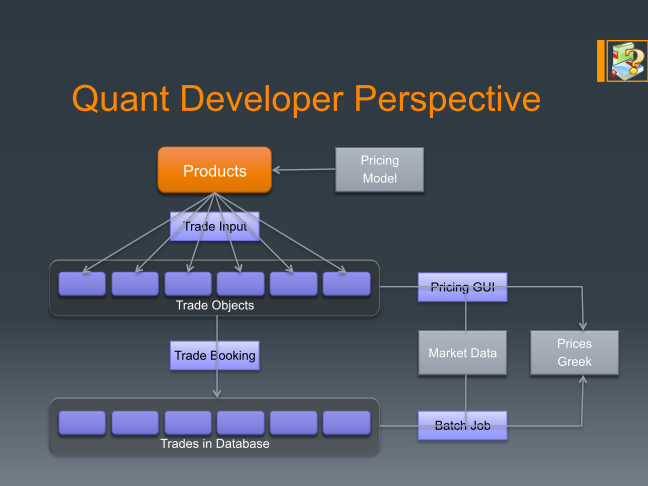For many, owning a home remains part of the idyllic American Dream, but the notion is beginning to fade. Inflation, stagnant salaries and student debt have made buying a house more challenging now than for previous generations. And for the first time in years, ownership rates are on the decline1 as would-be buyers struggle to carve out their place in today’s housing market, where taking out a traditional bank loan may seem like the only way to buy.
So, has purchasing a house become too difficult—or do buyers just need more options? Hinting at the latter, new companies have emerged, offering cutting-edge technology and alternative methods to access home ownership. Let’s take a look at one of the options on the forefront: co-investing.
Origins of lending—and how times have changed
Before we look at the future of home ownership, we need to understand how we got where we are today. The mortgage as we know it was born out of necessity. Following the Great Depression, the Federal Housing Administration began issuing low down payment home loans to help get the nation get back on its feet2—cementing home ownership as a societal achievement.
In the 1930s, however, when home loans were created, a new home cost $3,9003—about twice the annual average income. Over time, the home price-to-income ratio has shifted, and an average-priced home is now out of reach for an average wage earner in 744 of the top 100 national markets. In 2019, it costs 4.55 times the median household income to own. And in some regions of the country, it can cost a staggering 9.56 times the median income to own.
The millennial challenge
Now into their mid-thirties, millennials account for the largest segment of current buyers. They’re also the demographic most affected by the hurdles to owning a home, due in part to staggering student loan debt. Forty-five percent7 of millennials have it, and it costs them nearly $400 per month8, crippling budgets and making mortgage payments more out of reach than ever. Student loans also hinder millennials’ ability to build strong credit, a must when it comes to securing a bank loan.
When millennials are able to afford a home, 68 percent regret their purchase9, primarily for financial reasons like underestimating carrying costs and being ill-prepared for persistent monthly payments.
A new option: the co-investing model
The way people think about financing is evolving, and the options to buy expanding. One new financial model is co-investing. Instead of taking out a mortgage from a bank, you work with a partner to buy a house. Co-investors share the equity in your home, treating it as an investment, and in exchange, offer discounted monthly payments. Haus is one company offering a co-investment home ownership model. Rather than taking on debt with a mortgage, you can partner with Haus to purchase a house or restructure your current financing.
When you co-invest, you make an initial investment in your house, just like a down payment, and another company, like Haus, co-invests with you, covering the remaining cost of the home. You make fixed payments, purchasing more equity each month, and since payments are substantially lower than with a traditional loan, you can use the extra savings to pay down student loans and other monthly bills.
Another unique feature of some co-investing models, including Haus, is the flexibility to cash in and out of your equity without resetting your term or taking out an expensive home equity line of credit. With Haus, you can buy more equity whenever you want, or sell equity for cash if you need it. Whether your home appreciates or depreciates, when you co-invest, you have a partner through it all. If your home value goes up, everyone wins, and if it goes down, you’ve got someone to help shoulder the burden. At the end of the term, you can partner for another term, sell, or purchase your home outright. Best of all, with a co-investor you always maintain full ownership of your house, with your name alone on the title.
The bottom line
For many millennials, co-investing is a new option that offers control, equity and ownership, all combined with lower payments and more financial flexibility. If you’re curious about whether it’s a good fit for you, you can learn more about how co-investing works with Haus.
- https://www.businessinsider.com/millennials-delaying-buying-homes-us-homeownership-decline-2019-4
- https://home.howstuffworks.com/real-estate/buying-home/mortgage2.htm
- http://www.mybudget360.com/cost-of-living-1938-to-2013-inflation-history-cost-of-goods-inflation/
- https://www.attomdata.com/news/market-trends/home-sales-prices/q2-2019-u-s-home-affordability-report/
- https://www.longtermtrends.net/home-price-median-annual-income-ratio/
- https://listwithclever.com/real-estate-blog/home-price-v-income-historical-study/
- https://www.businessinsider.com/average-american-millennial-net-worth-student-loan-debt-savings-habits-2019-6
- https://www.credit.com/personal-finance/average-student-loan-debt/
- https://www.cnbc.com/2018/07/18/most-millennials-regret-buying-home.html












